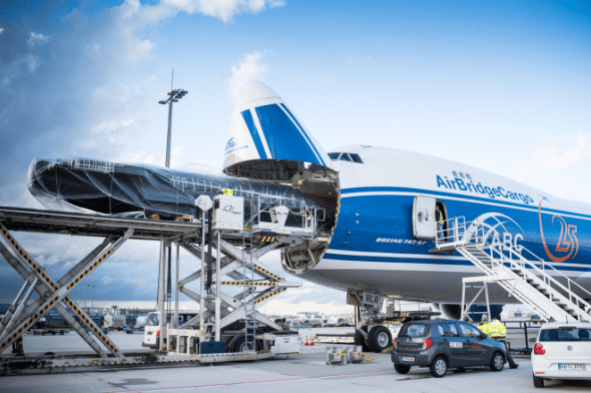Global air freight tonne-kilometres (CTK) growth recovered in December, to 8.9% above December 2019, from 3.9% in November, IATA reported.
Overall, in 2021, air cargo volumes were up 18.7% year over year, the second-best annual performance since our series began in 1990 (after 2010).
At the same time, volumes were 3.5% above the pre-crisis peak of 2018.

Throughout the year, air cargo has been driven by a balance between strong demand for goods and supply chain issues related in part to lack of capacity.
CTK growth notably outpaced global goods trade growth (by 8.9 percentage points), in part due to the restocking cycle.
In turn, in 2021, available freight tonne-kilometres (ACTK) fell 10.9% compared to 2019.
However, capacity slowly recovered during the year due to improvements in international passenger traffic.
Regional shares of total international CTKs
cuadro carga aérea dosIn December 2021, ACTKs were just 4.7% below the same month in 2019. The tight market led to exceptionally high load factor and air cargo rates.
Air freight
According to IATA, strong demand allowed global trade in goods to increase by around 9.8% year-on-year in 2021.
Air cargo growth was twice as strong as trade rebound, a typical pattern during economic upturns
In 2021, this was compounded by supply chain issues, making air cargo relatively attractive compared to ocean freight.
IATA indicated that there was a marked reduction in the reliability of the container shipping schedule in 2021, and the relative cost of container shipping increased, although air transport remains generally more expensive for companies.
Vaccine deliveries and personal protective equipment shipments, generally transported by air, further contributed to the outperformance of air cargo and the improvement in growth seen in December amid Omicron’s expansion.
![]()

